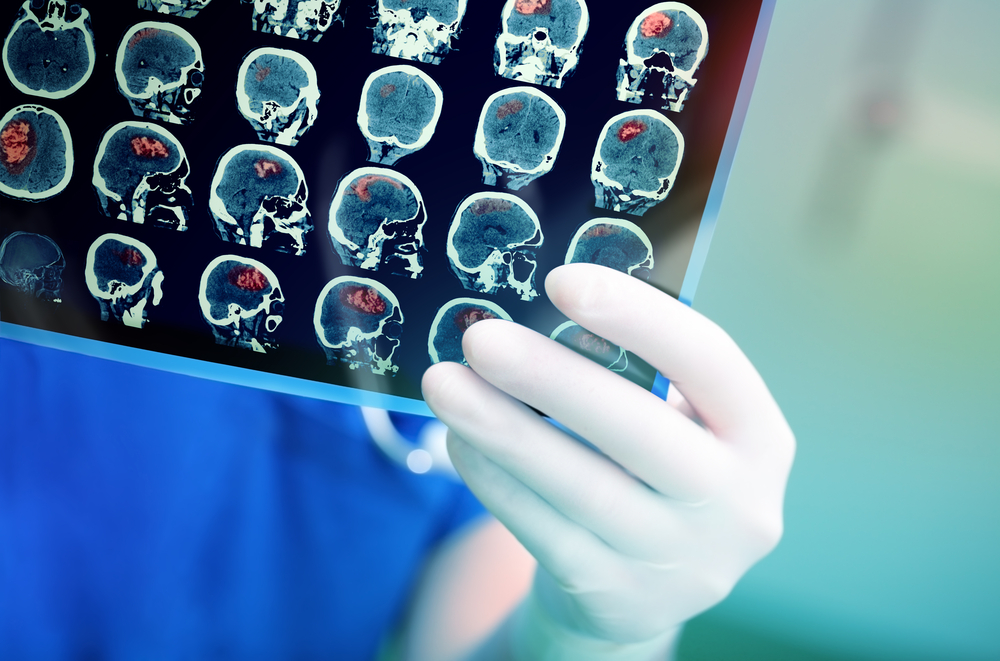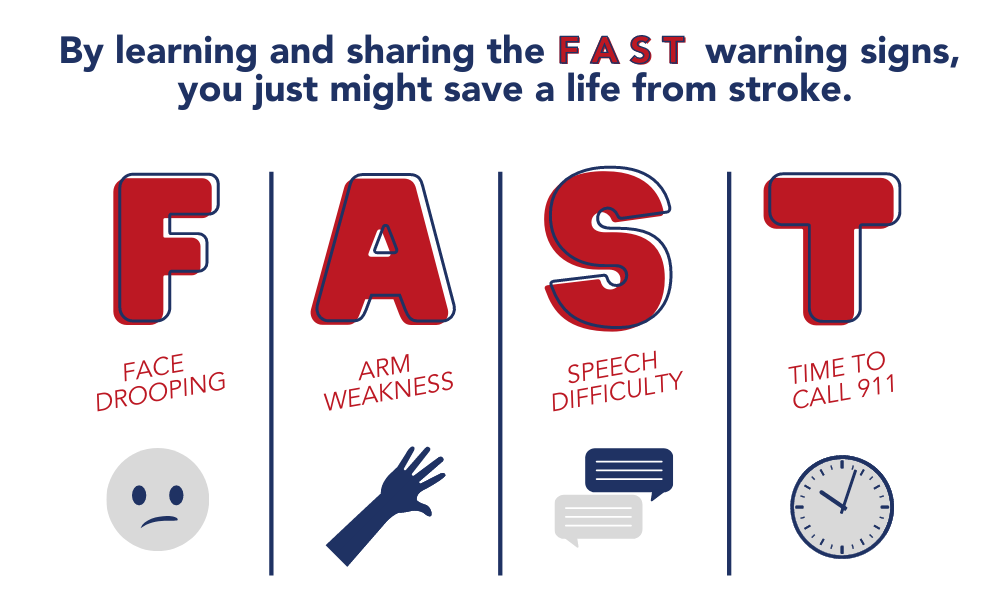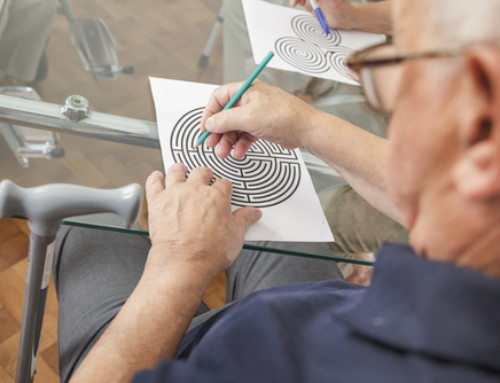“My dad had a stroke and he can’t speak but there’s nothing more that can be done.”
These were the helpless words of a friend who called to share with me that his dad had lost valuable time wandering around his wholesale membership warehouse store because he had suddenly been unable to communicate. By the time he was taken to his local hospital, it was too late to treat him with a clot-busting medication often used in severe stroke cases.

Tri-City Medical Center is a Thrombectomy Capable Stroke Center and is located at 4002 Vista Way in Oceanside.
“Ask the doctor if there’s a thrombectomy capable stroke center in the region and if there is, request an immediate transfer,” I responded.
Stroke care has evolved dramatically since I started practicing emergency medicine almost 25 years ago. What remains a constant, however, is that time is critical. Delays in seeking care can be catastrophic, as would have been the case here. I’ve witnessed time and again the miraculous recovery after a stroke victim arrives paralyzed on one side of the body and is treated with tissue plasminogen activator (tPA). For patients who seek care within 3 hours of a stroke, this life-altering, clot-busting medication helps open up a clogged artery in the brain responsible for loss of function.
My friend’s experience impressed upon me how important it is for patients to recognize that stroke care no longer stops at 3 hours. Fortunately, for his dad, a regional Thrombectomy Capable Stroke Center was nearby. As the human brain is exquisitely intolerant of diminished oxygen flow from a stroke, he was expeditiously transferred to the regional facility where specialized doctors called neuro-interventional radiologists used a small artery to tunnel a catheter into the arteries in his brain and retrieved the blood clot. Thanks to the skill of those specialists at that advanced stroke center, he recovered almost immediately and today, you would never know he was almost left with what would have been a disastrous, life-altering deficit.
The data is irrefutable. People are waiting too long at home to seek emergency care when needed, for fear of COVID. We as emergency physicians are witnessing devastating strokes, heart attacks, infections, diabetic complications and many other preventable illnesses because of delays in seeking medical help during this pandemic. The reality is that COVID isn’t contracted in hospitals, but out in the community when we let down our guard (and our masks). Yet heart attacks and strokes lack the courtesy to wait out the pandemic.

Here’s what you can do to ensure the best possible outcomes for yourself and your family during these trying times:
- Plan ahead by knowing where the closest Thrombectomy Capable Stroke Center is located to you and your loved ones. Tri-City Medical Center is a Thrombectomy Capable Stroke Center and is located at 4002 Vista Way in Oceanside.
- Recognize the symptoms of a stroke with the acronym F.A.S.T. – Facial droop, Arm weakness, Speech difficulty, Time to call 911.
- Know the symptoms of a heart attack: Chest discomfort with or without jaw or neck pain, shortness of breath, sweating, nausea and weakness.
Most of all, stay strong North County. The vaccine is imminent and we can finally see the light at the end of the tunnel. Together, we’re going to beat this and be with our friends and families again.
About The Author
Dr. Gene Ma has served as an emergency department physician at Tri-City Medical Center for over 19 years, and is Tri-City’s Chief Medical Officer.





![Side Effects of a Stroke [INFOGRAPHIC]](https://www.tricitymed.org/wp-content/uploads/2018/04/shutterstock_596475470-500x383.jpg)